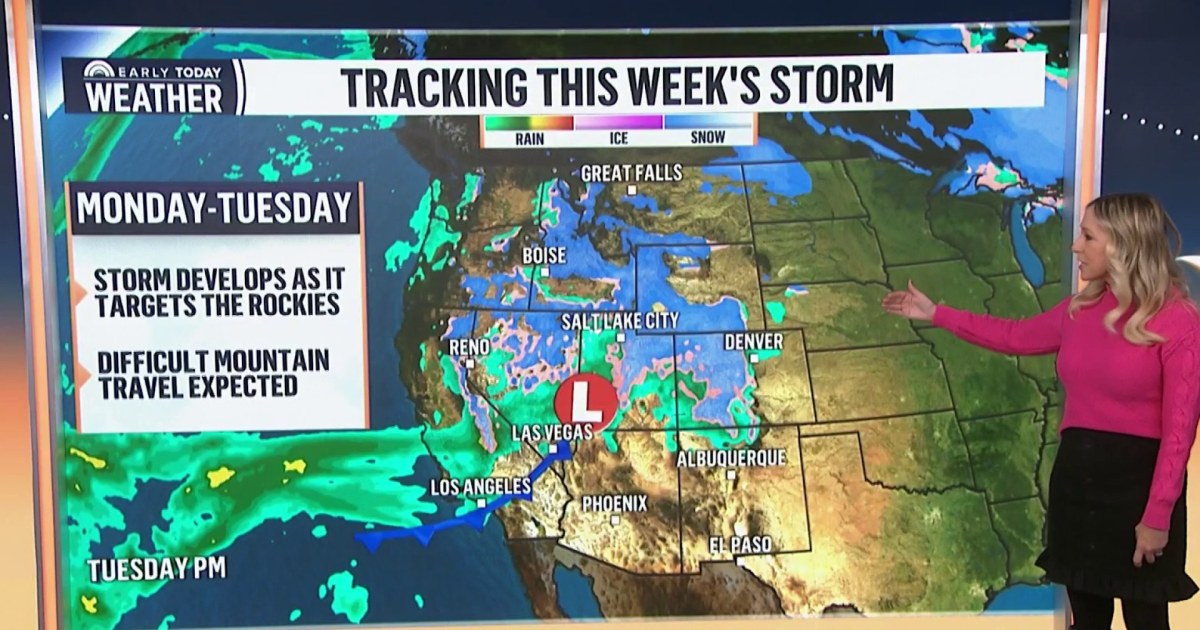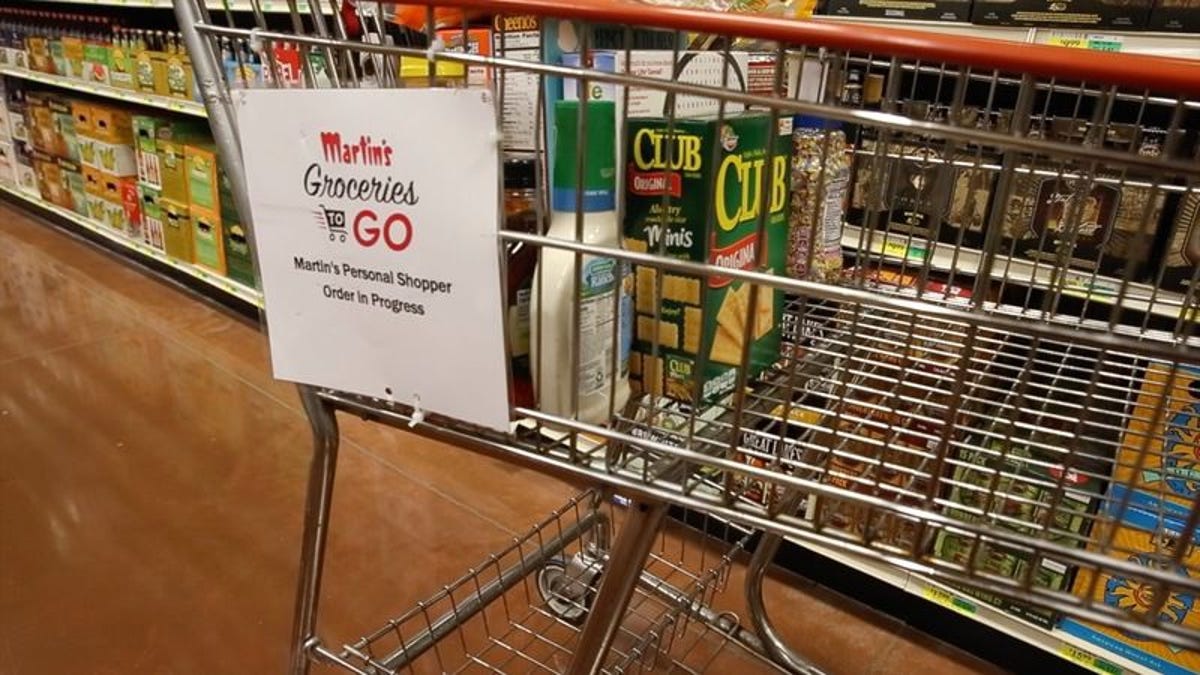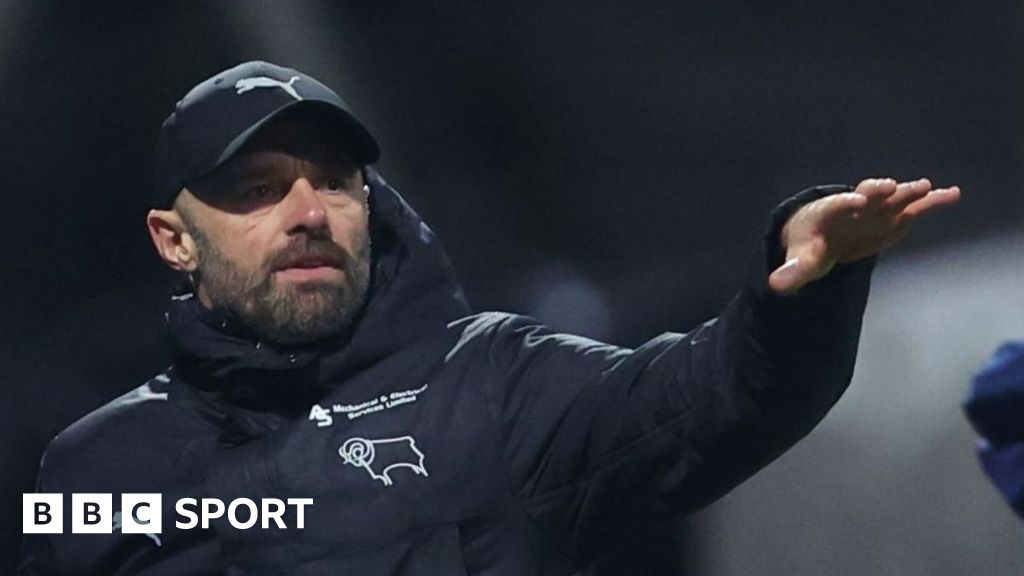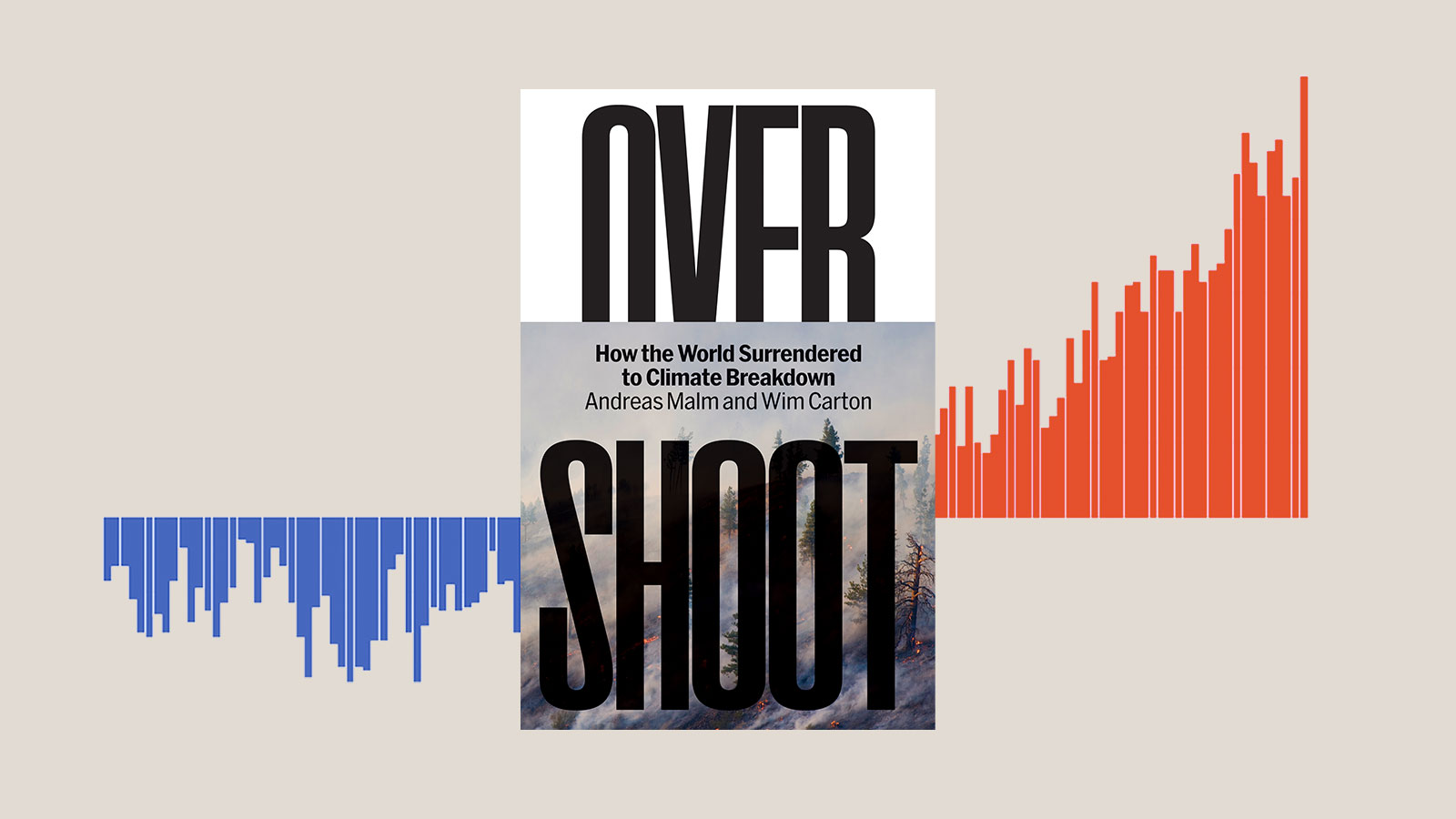Fashion
Inside New Balance’s Plan to Become a $10 Billion Sportswear Giant

New Balance has always kept a little quieter than its rivals.
In the late 1980s, for example, as Air Jordan sneakermania was setting in, it adopted a philosophy called “Endorsed by No One,” whereby the brand opted to invest in R&D and manufacturing instead of paying celebrities or star athletes to promote its gear.
Times have changed.
Today, New Balance is driving brand heat through collaborations with a handful of key partners like Aimé Leon Dore’s Teddy Santis, Joe Freshgoods and Kith’s Ronnie Fieg; and expanding into sports beyond running by working with some of the world’s most in-demand young athletes, like US tennis champion Coco Gauff, English footballer Bukayo Saka and WNBA rookie-turned-fashion tastemaker Cameron Brink.
The star-studded approach is working. Sales reached $6.5 billion in 2023, a 23 percent increase from the $5.3 billion it generated the year before, and up from $3.3 billion in 2020, according to the company. And New Balance believes it’s just getting started.
“I firmly believe we can be a $10 billion brand in the next few years,” said Chris Davis, brand president and chief marketing officer. (The company declined to name the specific date it expects to achieve its goal.)
New Balance is far and away the largest sportswear brand to remain privately held. That choice has allowed New Balance to operate quietly, with a fraction of the scrutiny and shareholder pressure experienced by its peers. It’s given New Balance the time and space to enact and evolve the strategic changes that have turned it from a company predominantly known in the US for performance running and casual footwear — which were technically robust but never cool like Jordans or Yeezys — into a global brand with a popular lifestyle sneaker business, without really having to alter its core products, Davis said.
Now, once-quiet New Balance is ready to make some noise and join the category’s biggest players at the top table. The brand remains in double-digit growth mode, with sales up 13 percent in the first half of 2024, compared to the same period last year. Its growth over the past five years placed the 117-year-old company among the category of older challenger brands like Asics and Salomon, leveraging their dormant archive of old-school performance running and trail footwear to appeal to growing demand for “sportstyle” sneakers.
Alongside newer challengers like On and Hoka, this collective has taken considerable market share from incumbents like Nike, Adidas and Puma, all of whom have had their struggles in recent years. With the Olympics getting underway, New Balance is bringing its big guns to Paris, too, in the form of its 85 sponsored athletes, including Gauff and two-time Olympic track-and-field medalist Gabby Thomas, as well as its most prized sneaker collaborators, Freshgoods and Santis.
“We have all our athletes competing, we will have out-of-home advertising throughout the city and significant media buys, but how we get that cultural and performance credibility is what we do on the ground,” said Davis, citing micro activations such as a run clubs hosted with Paperboy, the buzzy restaurant-tuned-cultural hub.
New Balance’s New Look
New Balance’s sales goal is a lofty target that could see the brand edge out Puma as the world’s third-largest sportswear brand. To get there, the brand is relying on many of the same ingredients that have fueled its success to date, including strengthening its DTC business; increasing its presence and credibility in sports like basketball, tennis and football; and remaining agile with its product pipeline, collaborations and sneaker incubation process to prevent consumers growing tired from seeing the same styles on the shelves.
In its lifestyle sneaker business, the company has built considerable followings around several “mini brands” it created over the past six years with the likes of Freshgoods, Santis and Fieg, said collaboration marketing expert Bimma Williams. As the brand’s collaborators grew in stature, so too did the reputations of New Balance and the sneaker styles they worked on, including the 550 and the ultimate dad shoe, the 990.
More recently, the brand has begun to work with a wider range of external collaborators as it looks to court an ever-broader consumer base from high fashion to streetwear. Standout examples include the 1906L, a viral sneaker-loafer hybrid teased at Paris Fashion Week in January through a collaboration with Junya Watanabe, and partnerships with Miu Miu, Ganni and Stone Island. The brand has also released collaborations with more individual tastemakers in recent years, such as with former Yeezy designer Mowalola, American singer-songwriter Aminé and Action Bronson.
New Balance has simultaneously expanded its athlete endorsements to help it credibly grow beyond its core running footwear into sports like tennis, football, basketball, American football and baseball. In recent years it has set about signing emerging stars such as footballers Bukayo Saka and Brazilian wonderkid Endrick, who recently joined Real Madrid, rather than competing with Nike and Adidas to sign the biggest names. Bukayo Saka fronted the campaign for the New Balance x Aimé Leon Dore Furon 7+ football boots this summer, while the brand has released signature products with Gauff and baseball star Shohei Ohtani.
The brand still has room to do even more on this front, in Williams’ view.
“Their athletes could have a louder voice in the brand,” he said. “There’s clearly a strategy that has worked well where the New Balance name has always been the lead, but they should also consider the opportunity to dial up the storytelling with some of these athletes who are influencers of not just sport but lifestyle too.”
Integrating its athletes deeper into its brand storytelling is a priority, said Brian Lynn, New Balance’s global vice president of lifestyle product. Earlier this month, it became an official partner of the WNBA in a deal that will produce “broadcast, digital and retail content” featuring Los Angeles Sparks forward and the brand’s first female basketball athlete, Cameron Brink.
“We first and foremost look at our athletes as brand-wide partners, then secondly as individuals who can help us grow global businesses in their respective categories or sports,” said Davis of New Balance.
Meanwhile, the company plans to add over 100 new doors this year and is in the process of renovating the majority of its 3,000 stores worldwide as it scales its retail presence and works to improve the in-store experience, Davis said. As of March, direct-to-consumer sales represented 50 percent of the brand’s business, up from 35 percent in 2019, chief operating officer Dave Wheeler told BoF earlier this year.
Olympic Ambitions
In Paris on Friday, with the Olympics getting into swing, New Balance hosted a pop-up at its Le Marais store, where Santis, who is creative director of the brand’s Made in USA line, launched an exclusive “Paris” collection made available to fans in limited quantities.
The following day, it launched its latest collection with Joe Freshgoods, led by the release of its 990v6 silhouette in “Paris Red” and “Prom Blue” colourways. The release took place at an art exhibition, held in a space at the city’s prestigious Les Filles du Calvaire contemporary art gallery and funded by the brand with support from in-the-know Parisian cultural agency Radical. Freshgoods curated, selecting works by local tastemakers such as street style photographer Goldie Williams and artist Banga Minthe to display.
“At this point, we know how to sell sneakers,” said Joe Robinson, the designer behind Joe Freshgoods. “Now it’s about making these big strides at these cultural moments, whether that’s All-Star Weekend, the Super Bowl or the Olympics.”
The author has shared an Instagram Post.You will need to accept and consent to the use of cookies and similar technologies by our third-party partners (including: YouTube, Instagram or Twitter), in order to view embedded content in this article and others you may visit in future.
The company is battling to stay ahead in a fiercely competitive marketplace with rivals ranging from powerhouse incumbents like Nike and a resurgent Adidas to fast-moving challengers such as On and Hoka.
There are those who believe it’s more than capable.
“There’s definitely enough left in the tank for the brand to reach that $10 billion target,” said Mike Sykes, sneaker industry expert and founder of The Kicks You Wear newsletter.
Though New Balance’s closed-shop approach has proved successful to this point, having a bigger voice could help the brand as it strives to achieve its ambitions.
“It’s telling that the brand’s most famous athlete, [NBA champion] Kawhi Leonard is actually the quietest dude in sport,” Sykes said.




/cdn.vox-cdn.com/uploads/chorus_asset/file/25080265/111323_PlayStation_Portal_ADiBenedetto_0004.jpg)





